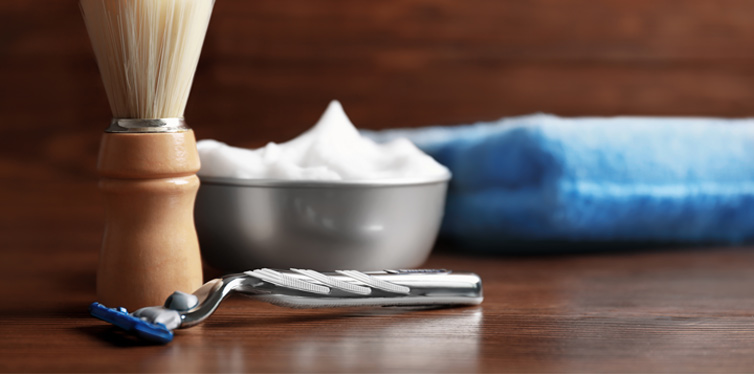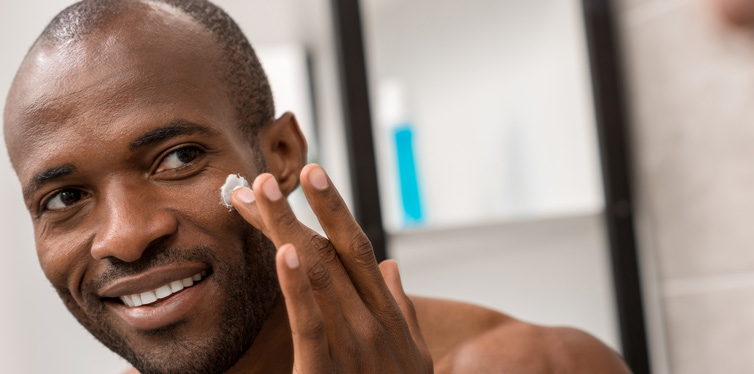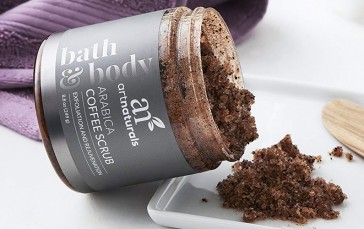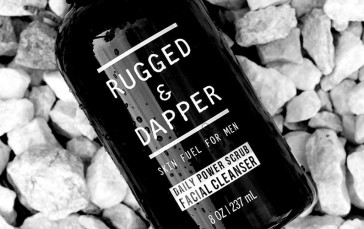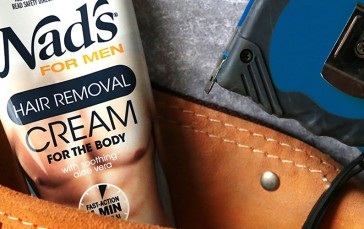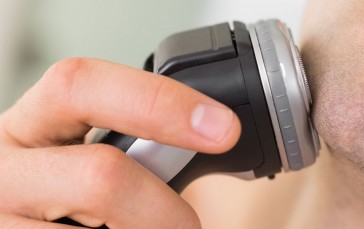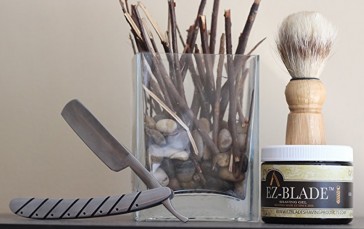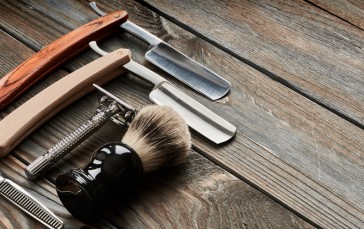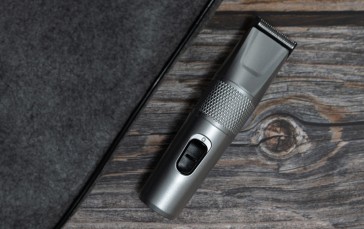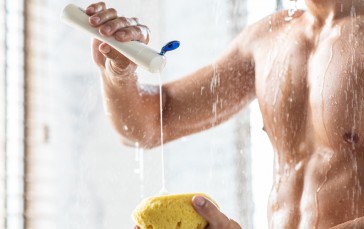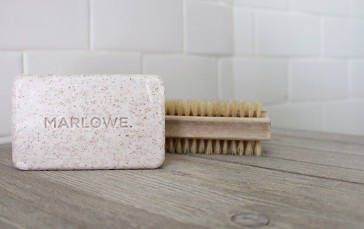Prevent Ingrown Hair
An ingrown hair is pretty much what it sounds like: a hair that has been twisted around until the end has penetrated the skin and begun to grow inward. Virtually everyone experiences ingrown hairs at some point in their life with shavers being particularly susceptible to them. This is because in order to achieve a truly clean, close shave you need to go against the grain and this has a tendency to bend the hair backward and push it into the surface of the skin. Once the hair has started its inward push there’s not a lot that can be done except to wait for it to resolve itself. Which it will do. The best course of action is to learn how to prevent this irritating, often painful and unsightly phenomenon from happening in the first place. And that’s what we’re here for.
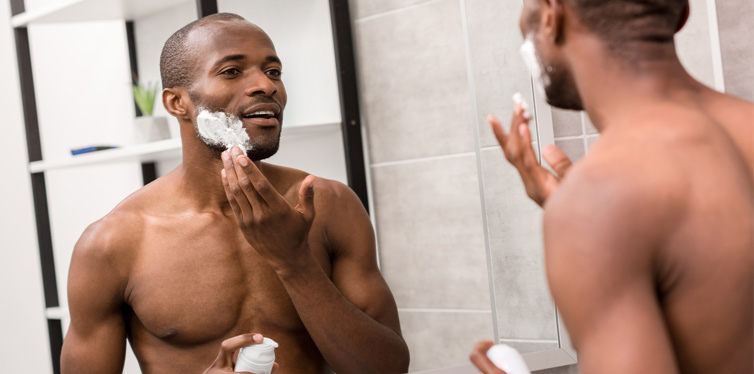
The Causes of Ingrown Hair
As we mentioned shaving is one of the most common causes of ingrown hairs in both men and women. But it’s not the only one. Nor is the face the only place where ingrown hairs might take root. They can also pop up on the legs, in the armpits and, most distressingly of all perhaps, in the crotch as a result of hair removal efforts aimed at accommodating skimpy bathing suits. Besides shaving other causes of ingrown hair include:
Waxing and Epilating
Anywhere waxing or epilating is carried out on the body the possibility exists for creating ingrown hairs.
- With waxing, hot wax is applied directly to the area that is to be cleared of hair. As the wax cools it envelopes the hair, locking it in, making it part of the waxy structure. When the cooled wax is ripped from the body it pulls any hairs that have been caught up in it out by the roots. This leaves behind a totally hairless surface that is typically much smoother than you could achieve with an electric razor.
- An epilator is a mechanical device that looks like an electric razor but operates a bit differently. The epilator is comprised of a series of what are essentially rotating tweezers. As they come around they grab hold of any hairs in their path and yank them out by the root, just like waxing.
While both these methods of hair removal are basically effective they are also prone to generating ingrown hairs. That’s because the hair is yanked out so quickly the follicle is often damaged in the process along with the tube, or lining, inside the follicle that acts to guide the replacement hair to the surface. If the follicle and lining are damaged the path taken to the surface may be compromised, with the hair burrowing into the skin instead of emerging cleanly. This can be very uncomfortable, especially when it occurs in the folds of the crotch.
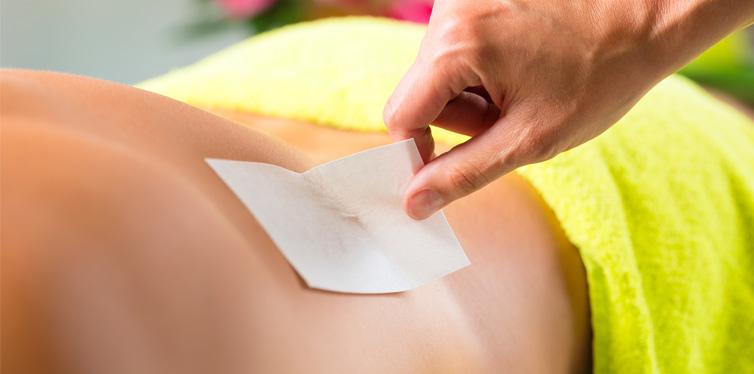
Dead Skin Cells
Another common cause of ingrown hair is dead skin cells lingering on the surface of your skin. They block follicles and prevent hairs from being able to emerge. The effect is much the same as when the lining of the follicle is damaged by being pulled out during waxing or epilating. The wayward hairs then burrow into the wall of the follicular tube causing pain and discomfort as well as red, irritated looking skin and perhaps a pustule where the follicle has become infected.
How to Tell if You Have an Ingrown Hair
An ingrown hair isn’t hard to spot and even if it’s in a place where you can’t see it you’ll likely feel its presence.
- Men tend to get ingrown hairs on their face and neck from shaving. And that’s true whether they’re shaving close or using beard trimmers that leave that sexy 1/8 inch stubble. Ingrown hairs often occur in bunches and so a man may see an area of small red bumps on his neck or face and simply dismiss it as irritation when actually it’s ingrown hairs.
- Women are prone to getting ingrown hairs on the areas they shave: the legs, underarms and along the bikini lines. Because the total area women shave tends to be much larger than the area men shave women tend to be far more familiar with the scourge of ingrown hairs than men. They also are less inclined than men to overlook ingrown hairs and typically have a greater understanding of how to deal with them.
As we said, if the ingrown hair appears in a place that’s usually concealed by clothing you’re going to feel it anyway. It might itch. It might produce a burning sensation or it might even be somewhat painful depending on exactly where it is. But ingrown hairs are not inevitable and now we’re going to look at some of the best ways to prevent them from occurring in the first place.
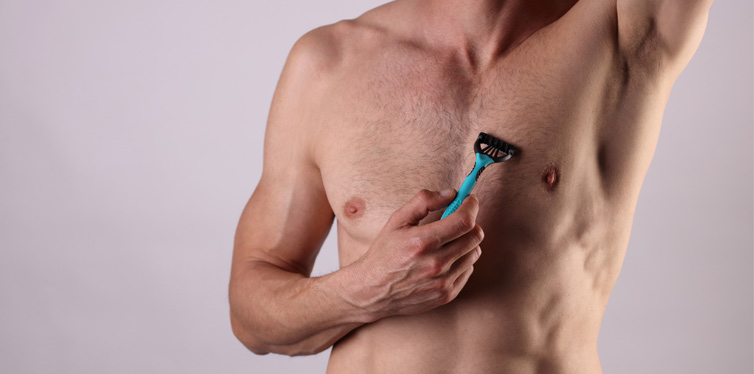
Preventing Ingrown Hairs from Occurring
Ingrown hairs can be a major nuisance but they aren’t inevitable. Take the following tips to heart and you’ll be able to prevent most ingrown hairs from ever happening.
Always Use a Clean Sharp Razor
If you’re like most men and women when you’re done shaving you run the razor under the water for a few seconds before tapping it in the sink and setting it aside. The safety razor and all the skin and hair fragments still caught between the blades then fester until the razor is picked up again the next day or the day after or whenever.
On top of this, most of us use our razors for far too long. It’s understandable because good razors can be expensive. But it’s a really bad idea because, instead of cutting the hairs cleanly, the dull razor pulls and tears at them leaving jagged ends that can easily wind up becoming ingrown hairs. Another really bad idea is dry shaving. Always use a good shaving cream. So, in short:
- Always use a sharp razor and shaving cream.
- Make sure you clean the razor thoroughly after each use.
- Don’t use a razor more than half a dozen times max.
Don’t Press Too Hard When You Shave
Whether you’re using a straight razor or a disposable when you push down too hard you drag the skin along with you as you go. When this happens any hairs also caught up in the razor that haven’t been cut can actually be pushed back down into the skin and become ingrown. If you are using a sharp razor you shouldn’t have to apply too much pressure to obtain a nice clean shave. Typically the older the razor the harder you have to push and the greater the chance you’re going to create ingrown hairs.
Apply an Astringent or Other Topical Treatment After Shaving
If you’re a guy you should be applying aftershave once you’re finished shaving. These typically contain denatured alcohol that will help ward off any infections. They’re also a type of astringent which reduces skin irritation and closes up pores which might otherwise play host to wayward hairs.
There are a number of antibiotic creams on the market too that will serve the same basic purpose of preventing infections from taking hold. If you can’t obtain a topical antibiotic without a prescription try applying rubbing alcohol or salicylic acid, which is the active ingredient in most anti-acne medications. Whether you apply these treatments to face or legs you’ll likely experience a bit of a sting. It will pass.
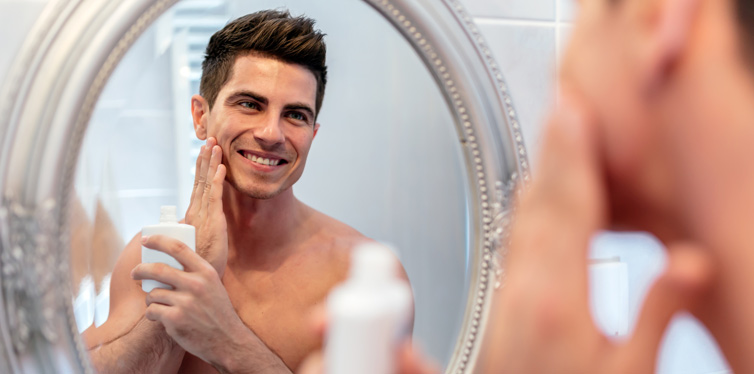
Try an Alternative Method of Hair Removal
If you have the ways and the means the best method of avoiding ingrown hairs is to undergo laser hair removal. Obviously, this isn’t going to work as a substitute for shaving for the vast majority of guys out there. But women who regularly shave their legs and/or their private areas should consider it. The laser penetrates to the root of the hair follicle and kills it so that it doesn’t grow back. The process is time-consuming and can wind up being quite expensive if there is a lot of hair to remove, but it is as close as you’re going to get to a permanent solution to the issue of ingrown hair.
Exfoliate
As we mentioned earlier one of the common causes of ingrown hairs is dead skin cells that block pores. This causes emerging hairs to burrow into the side of the follicular shaft and become ingrown. Exfoliation is the process of removing these dead skin cells. It typically includes the use of an exfoliator and this is how you do it:
- Wet a face cloth with hot water and wring it out. The face cloth should be hot and damp but not so hot that it burns your skin. Place it over your face for a minute or two. This will cause the pores to open
- Once your pores are open wash your face like you normally do, using your normal soap or facial cleanser. You won’t have to scour your face, just make sure it’s nice and clean. Then rinse it off with clean cool water.
- Apply the exfoliating scrub to the clean and still wet skin of your face. Rub it gently over the surface in a circular motion. This is the action that actually removes those dead skin cells we mentioned earlier. Make sure you cover your entire face.
- Rinse your face off with warm water, not hot water. Make sure you remove all the exfoliating scrub. Then splash your face with cold water to remove any residue you might have missed and to close up your pores.
- Pat your face dry with a soft clean towel. Don’t rub your facial skin as it’s already going to be a bit sensitive after exfoliating. Then apply a high-quality moisturizer, preferably one that includes a sunscreen.
Don’t Wear Tight Pants
If you want to avoid ingrown hairs on your legs and in your crotch you’ll avoid super tight pants. Tight pants push in on your pubes and leg hairs and often cause the end of the hair to penetrate the skin surface and take on ingrown status. You don’t have to wear baggy pants if it’s not your style, but if you want to minimize the chance of developing ingrown hairs try not to wear the type of form-fitting pants that you need help getting into.
What to do if You Discover an Ingrown Hair
Before you decide to take any extraordinary action to release an ingrown hair remember that in 99.99% of cases they resolve themselves. Also, it’s easier to follow the above tips in order to stave off future ingrown hairs rather than worrying too much about the one you might have now.
And finally, there is almost never any reason to see a doctor about an ingrown hair. The only exception would be if the ingrown hair does not resolve itself in 5 or 6 days, or if there is an infection that spreads and causes a large area of your face to become painfully inflamed. Again though, this almost never happens.
There aren’t any surefire ways to fix ingrown hairs but if you find one and are determined to release it you can try the following steps:
- Apply a hot towel to the area where the ingrown hair is. Hold it there for 5 minutes or so.
- Look closely at your skin after removing the towel. The ingrown hair should be a tiny loop that is very close to the surface of the skin.
- Take your tweezers and tug mildly at the loop. It may be impossible to tell which end is the ingrown portion and which is the hair emerging naturally from the follicle.
- Continue tugging gently on and off for a few minutes. If it doesn’t come loose don’t force it. Just leave it be. It should resolve itself soon enough anyway.
The best way to deal with ingrown hairs is to prevent their development. Put the above tips to good use and you should drastically reduce the number and frequency of ingrown hairs you experience.


